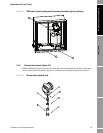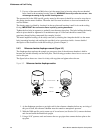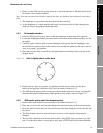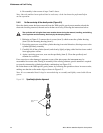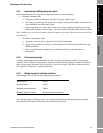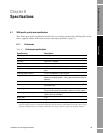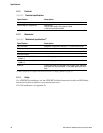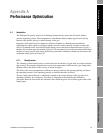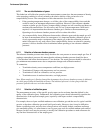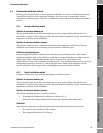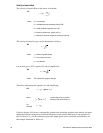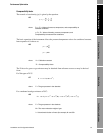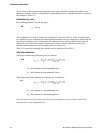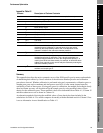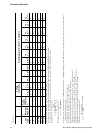
Installation and Configuration Manual 47
Principles of Operation Certified System DrawingsReturn PolicyPerformance Optimization
Appendix A
Performance Optimization
A.1 Introduction
The 3098 specific gravity meter uses a vibrating element density sensor that is located within a
pressure regulating system. The arrangement is such that the density output signal can be directly
related to the specific gravity or relative density of the gas.
Operation of the meter involves charging a reference chamber to a defined pressure and then
calibrating the output signal by using gas samples of known relative density. In order to reduce the
effect of systematic errors associated with the density sensor and the non-ideal behaviour of gases, a
number of procedures must be carefully followed. The procedures listed in this document should form
the basis for more specific and clearly defined user procedures. Reference should also be made to the
calibration details given in Section 2.6.
A.1.1 Density sensor
The vibrating cylinder density sensor is able to measure the density of gases with very high resolution
and accuracy. Its two major potential error sources are temperature coefficient and a gas composition
influence due to the effects of the velocity of sound in the gas.
The effect of the sensor temperature coefficient is directly related to the operating density and hence
the operating pressure. If the operating pressure is doubled, the effect is halved.
The gas composition influence is substantially related to the relative density of the gas and not its
operating condition. In consequence, this effect is substantially eliminated by the calibration
procedure. However, best results are achieved if the calibration gases are of similar type to that of the
sample gases.



